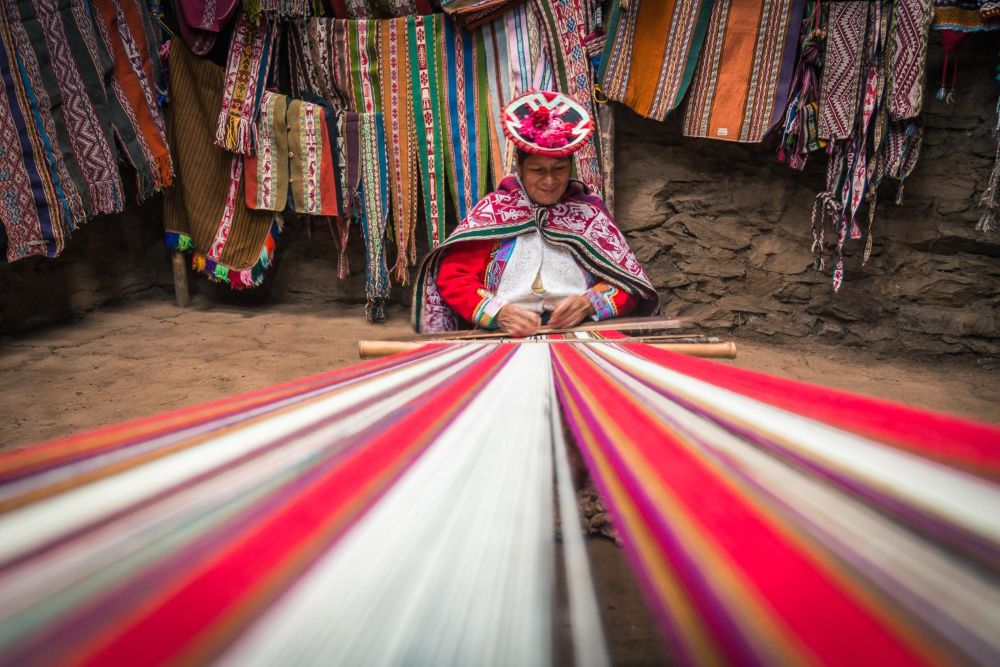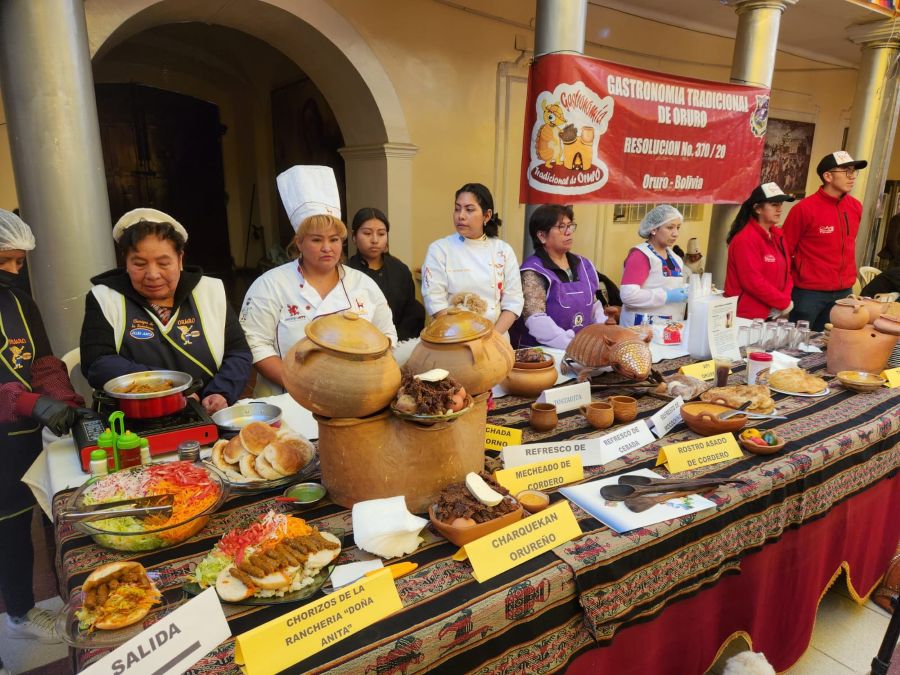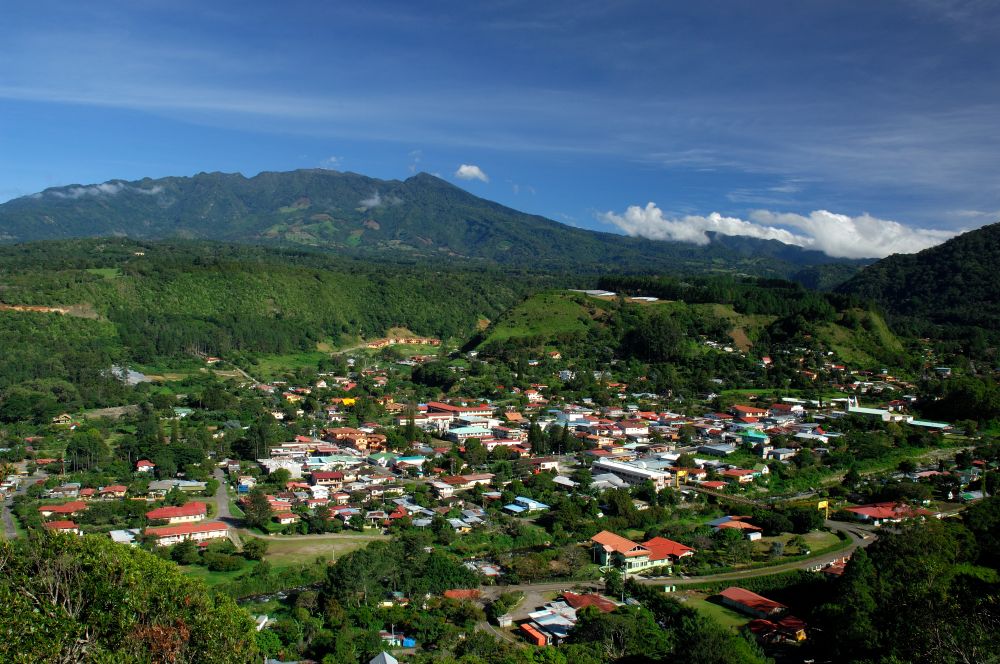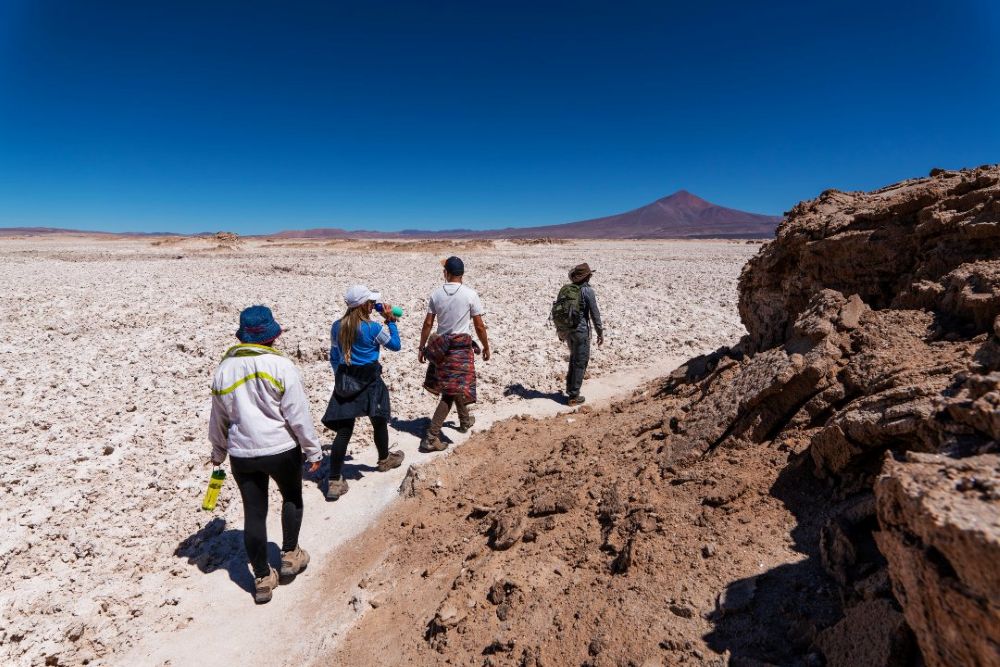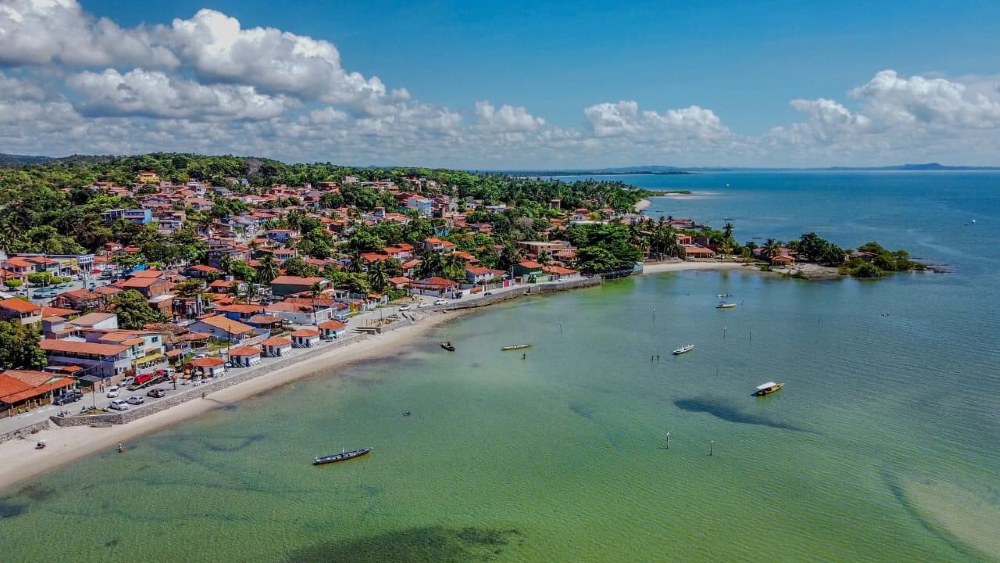Before the sun reaches the peaks of the Andes, the weavers of the Sacred Valley, in communities such as Chinchero and Ollantaytambo, sit down at their looms. In their hands, wool is transformed, thread by thread, into pieces that carry centuries of knowledge. Here, weaving goes far beyond daily function: it embodies identity, the bond with the land, and the memory of the generations that shaped these mountains.
A millennia-old craft
The history of Andean weaving goes back several millennia, long before the Inca presence. Early communities used alpaca and llama wool not only to protect themselves from the cold, but also to express status and belonging. Under the Inca Empire, textile art reached a high level of specialization: some fabrics were reserved for elites, others linked to rituals or exchanges. Despite the changes brought by colonization, many rural communities have preserved techniques, colors, and motifs passed down until today.
Traditional materials and techniques
The production process remains entirely manual. The weavers shear the wool, wash it with
Colors come from natural pigments extracted from plants, flowers, minerals, and cochineal, which provides the intense red typical of Andean textiles. Lemon, vinegar, or salt are used to fix the dyes. The wool is then warped and placed on the backstrap loom, where each thread is interwoven in a patient rhythm.
Motifs and meanings
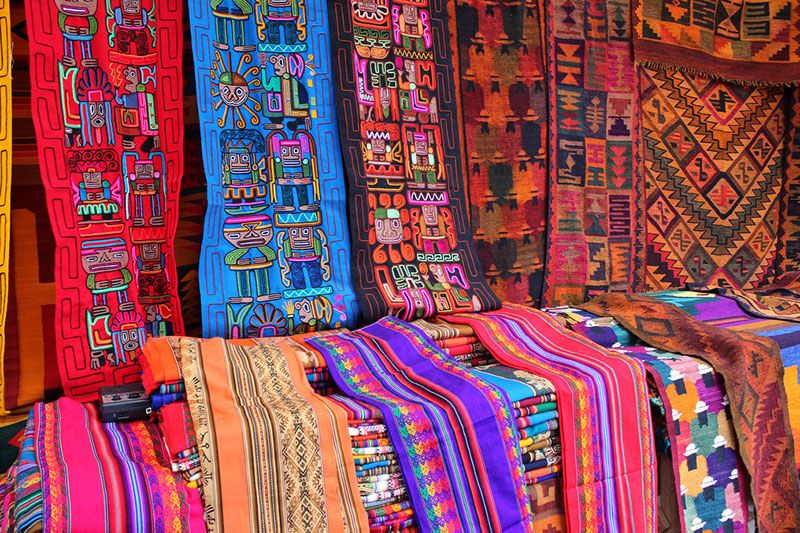
Andean textiles combine function and symbolism. Each piece is organized around three elements:
- the pallay, which forms the motifs,
- the pampa, the solid area that structures the dominant color,
- and the kirus, the bands that frame and balance the composition.
The motifs often reflect the Andean worldview: condor, puma, or serpent—animals associated with the spiritual and earthly worlds—sacred plants, and geometric symbols that convey stories and beliefs. Colors also carry meaning: green evokes fertility, yellow abundance, purple the bond with the earth, blue the sky, and red life and energy.
Preservation and transmission
In the Sacred Valley, centers such as the Parwa Cultural Center in Chinchero collaborate with local foundations to train weavers, improve textile quality, and ensure the continuity of knowledge. These spaces value weaving not only as a craft, but also as a tool of identity, heritage, and sustainable development.
Today, Andean weaving remains a language of its own. Each finished piece is a testimony to patient skill, close observation of the land, and a tradition that continues to anchor communities in their history while supporting their livelihoods. In the Andes, this craft remains one of the pillars of cultural memory—and a key element of its future.
Photos: Peru Travel | D.R

